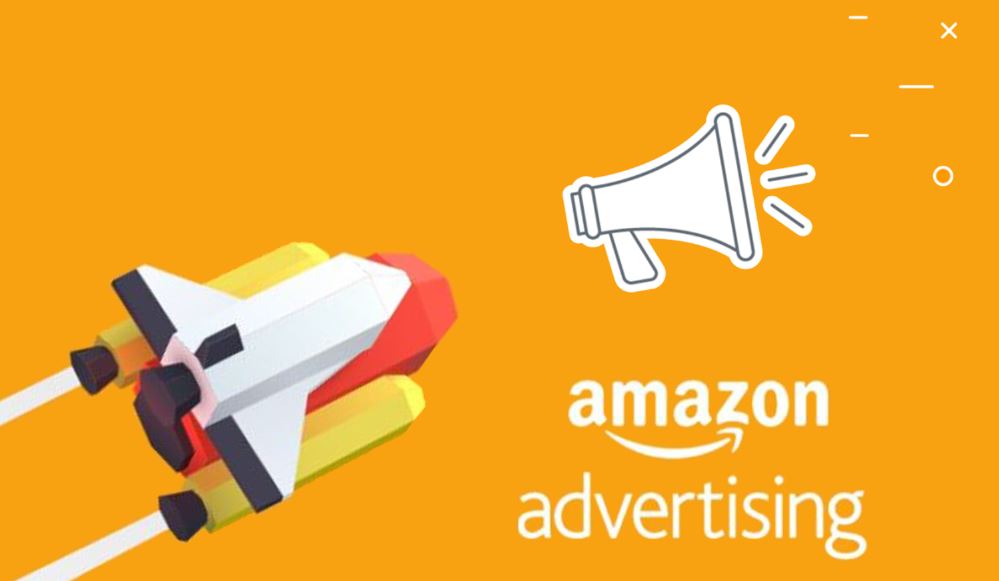Baseline comparison
This is similar to the above, but establishes a weekly, monthly or longer baseline first. The baseline is the average number of books converted for the title being advertised.
Once you commence advertising, you calculate ad effectiveness exactly as in the previous method, only you measure revenue generated over and above the baseline instead of assuming all profit stems from advertising.
The benefit of this approach is that it’s still pretty easy. It’s also more realistic than the first (but more widely used) method.
On the downside? You do need a baseline first. So, obviously, it’s not much good for launches.
More importantly, there’s no such thing as an accurate baseline of conversions. Month by month, even week by week, sales slide. New releases or promotion of a backlist book can raise it though. Catching onto an also-bought can raise it, and falling off an also-bought can lower it. Time of year influences the baseline too.
It also suffers from the same defect as the first. It still lumps some organic sales together with adgenerated sales. There’s some sort of argument to be made for this, but not much. As time goes by, the argument gets weaker and weaker. At the risk of repeating myself, books can sell by themselves. Ads might start the ball rolling, but they don’t play tennis. For tennis, you need a court, net, players and racquets. Advertising might be the ball, but the rest is organic sales.
As you can see, I’m not a fanboy of this method either. But it’s better than the first.
Direct attribution
This is the standard approach. It relies on the Ad Dashboard. The sales come in on ads and keywords, and you measure ad or keyword performance with the ROAS formula.
Detractors of the method say that Amazon gets it all wrong and that sales are inaccurately reported.
It’s certainly true that reporting is delayed, sometimes up to 14 days. If you use this method, take that into account. Give an ad or keyword time to start showing results.
For myself, I don’t believe the hullabaloo about Amazon reporting. Nor do I believe the conspiracy theories that Amazon defrauds authors. There’s a lot of hatred out there for Amazon. Big business tends to generate that. And it’s directly in the interest of a person selling books or courses to preach the comparison method. How can their teachings fail when all profit is attributed to them?
The real problem is that Amazon doesn’t report on clicks that generate page reads. This is a serious problem.
But it’s easy enough to establish a ratio of sales to page reads. As discussed previously, for many people this is currently 1:2.
Work out what yours is. It’s not hard. Not at all. When you have it, keep an eye on it from time to time. KU is growing. The ratio will change over time.
Sales and page reads go up or down depending on the sales rank of the book. They fluctuate a lot. But the ratio between them? So long as the price of the book remains steady, the ratio remains fairly steady.
Once you have your ratio, then you can add the estimated page-read payout to the sales figure from the Ad Dashboard.
Using the ROAS formula given above, ad revenue is made up of recorded sales and estimated page reads.
This is all pretty simple. It’s the best method so far. By a long way, in my view.
It’s true that the influence of the advertising to cause indirect sales isn’t recorded. I’m okay with that. I’m not trying to calculate overall profit here. I’m trying to establish ad and keyword performance so that I know which ones are working and which ones aren’t. This allows me to direct more budget to the good ones and turn off the bad ones.
If you really wanted to, you could estimate what the indirect sales are. This is very hard to do though. I’d suggest, at a minimum, it’s 10%. It’s probably a lot more. But the more ad conversions you have, the higher it will be. At lower levels, you’re only tickling the interest of the recommendation engine. At higher levels, the effect snowballs.
If you know a way to estimate indirect sales with reasonable accuracy, please let me know. I’d love to discuss that.
Direct attribution with flow through
This is the Big Momma of calculating ad effectiveness. It’s the boss. And it’s been around the block a time or two. It knows what it’s doing – so my advice is not to mess with it.
It’s the most accurate of all the methods, but also the most time consuming.
But once you’ve done the figures, you’ve done them. It’s not really very hard at all.
What are the figures? The same as the previous method. Only this time you add estimated sell through and estimated read through rates for subsequent books to the ad revenue component of the ROAS formula.
That’s it. It’s the one measure of ad effectiveness to rule them all.
But that’s just my opinion. Tread your own
path, grasshopper.




